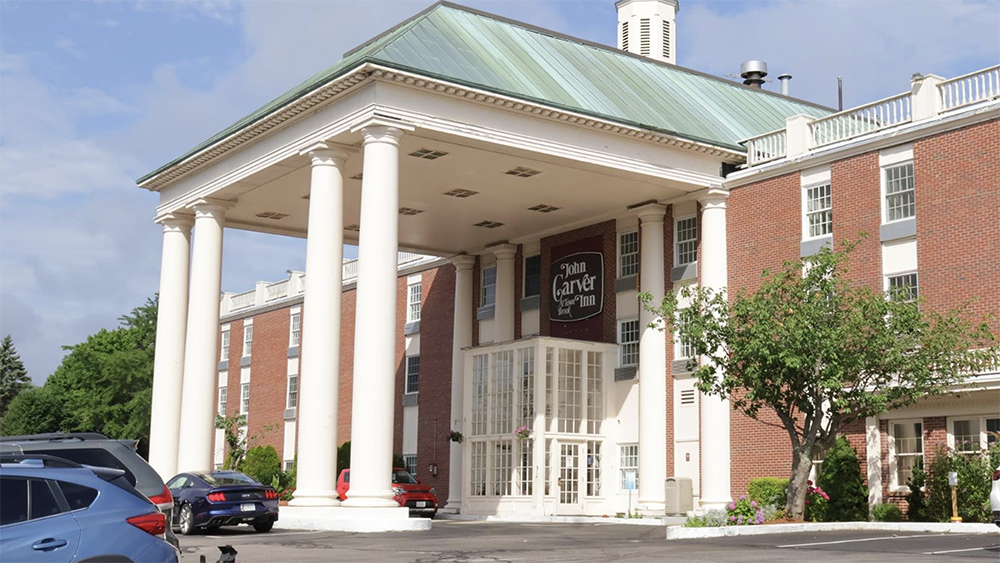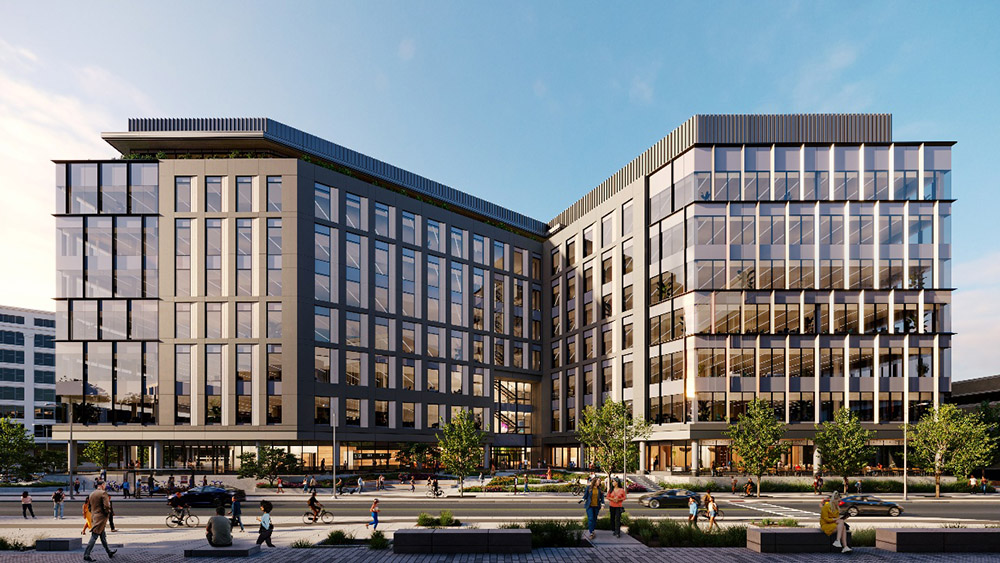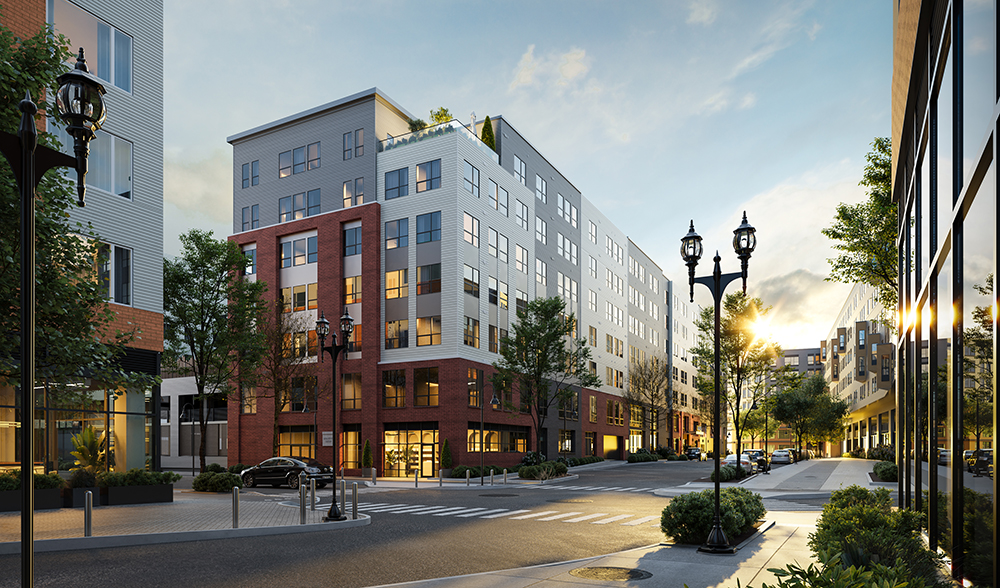Community associations are popular with homeowners - by Bob Keegan
Homeowners associations are preferred places to call home for millions of Americans, according to the most recent national research conducted by Zogby Analytics for the Foundation for Community Association Research (FCAR).
The majority, (66%) of respondents said their association’s rules protect and enhance their property values, while 84% of those surveyed said members of their elected governing board “absolutely” or “for the most part” serve the best interests of their communities. The group of randomly selected association residents were asked to rate their experience on a scale of one to five, with one being very bad and five being very good. 65% say they are “very” or “somewhat” satisfied, with 22% neutral and just 13% expressing any level of dissatisfaction.
Community association residents expressed other association benefits:
• Nearly 70% of residents said their community managers provide value and support to residents and their association.
• More than 80% of residents who had direct contact with their community manager report a positive experience.
• Two-thirds (67%) of residents said community associations provide excellent value. Those residents also believe they pay about the right amount–some even say too little–in association assessments, versus paying too much.
“A large majority of Americans who live in community associations are happy and satisfied in their communities,” said CAI CEO Thomas Skiba, CAE. “This is a testament to how much the community association model has evolved in recent years. The concept has grown up, become well established and become an increasingly successful form of community governance and an essential component of the U.S. housing market.”
68 million Americans live in 338,000 common-interest communities, from city-sized, master-planned communities and multi-building condominium complexes to urban cooperatives and small homeowners associations built into small tracks of open suburban spaces. Survey findings also showed that homeowners want to see less, or at least not more, government oversight and control of community associations.
Foundation for Community Association Research conducted similar surveys in 2005, 2007, 2009, 2012, and 2014. Results can be accessed at www.cairf.org.
Foundation for Community Association Research (FCAR) was founded in 1975. FCAR is a 501(c)(3) organization that supports and conducts research and makes that information available to those involved in association development, governance and management. FCAR provides authoritative research and analysis on community association trends, issues and operations. Their mission is to inspire successful and sustainable communities. We sponsor needs-driven research that informs and enlightens all community association stakeholders–community association residents, homeowner volunteer leaders, community managers and other professional service providers, legislators, regulators and the media. Our work is made possible by your tax-deductible contributions. Your support is essential to our research.
Community Associations Institute (CAI) is a national nonprofit 501(c)(6) organization founded in 1973 to foster competent, responsive community associations through research, training and education. CAI is an international membership organization dedicated to building better communities. With more than 34,000 members, CAI works in partnership with 60 chapters including the CAI New England chapter. They work to identify and meet the evolving needs of the professionals and volunteers who serve associations, by being a trusted forum for the collaborative exchange of knowledge and information, and by helping our members learn, achieve and excel. Their mission is to inspire professionalism, effective leadership and responsible citizenship–ideals reflected in associations that are preferred places to call home.
Bob Keegan, CMCA, AMS, PCAM, is the 2017 CAI-NE Chapter president.
Mount Vernon Co. acquires John Carver Inn & Spa in Plymouth, MA


Recently passed legislation creates opportunities to meet CT’s changing energy needs - by Klein and Feinn

IREM President’s Message: Fostering community connections during the holiday season


.png)






.png)
